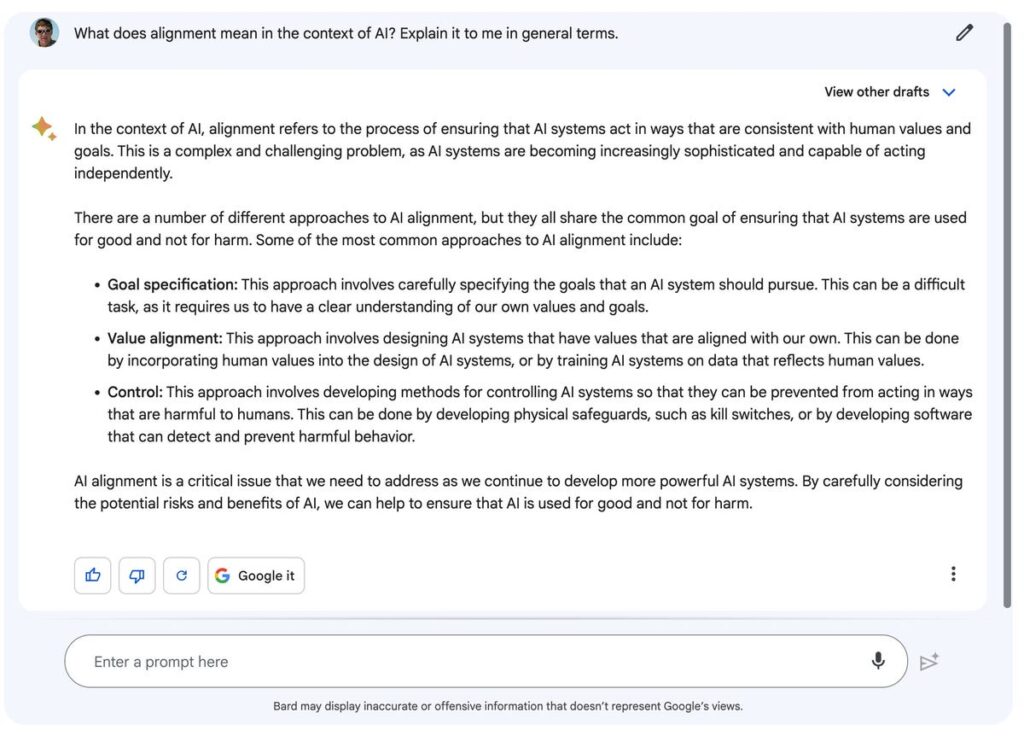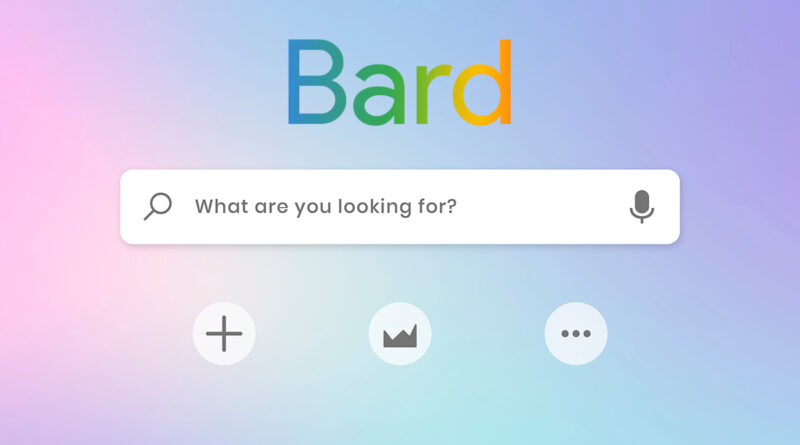Google Bard Chatbot | Now Available for You to Try
The generative AI tool is presently accessible in English across various regions of the world, with Japanese and Korean languages also available, while additional languages are currently in development.
Google has removed the waitlist for access to its AI-powered chatbot, google bard chatbot, at least for English-speaking users in numerous regions worldwide. Following a two-month period of restricted testing, the Bard floodgates have been opened.
During its Google I/O developer conference on Wednesday, Google revealed its decision to remove the waitlist for its AI-powered chatbot, Bard. This announcement comes just a week after Microsoft eliminated the waitlist for its competing Bing chatbot. The move by Google involves opening up access to Bard to users in 180 English-speaking countries and territories, and it also includes the addition of Japanese and Korean chat abilities as part of its expansion plan that involves 40 different languages.
Google Bard Chatbot Vs ChatGPT
Chatbots have been in existence since the 1960s, starting with Eliza, but recent advancements in artificial intelligence technology, such as large language models (LLMs) and generative AI, have significantly enhanced their usefulness. LLMs are equipped to recognize patterns across massive amounts of text from the internet, books, and other sources, while generative AI can utilize this analysis to generate written conversations that sound human-like in response to text prompts.
You May Also Like: Google Pixel Fold First Look
The integration of a vast pool of knowledge with a natural interface marks a revolutionary shift in the capabilities of computers. Chatbots have demonstrated their ability to excel in diverse domains such as poetry writing, answering philosophical queries, software development, acing exams, and even providing tax advice.
Despite their remarkable capabilities, contemporary chatbots are also susceptible to fabricating data, and their supporters are working tirelessly to ensure that they don’t contribute to issues such as abuse, misinformation, hacking, and sexual harassment. These are only short-term concerns, as present-day artificial intelligence is potent enough to incite apprehensions about the displacement of white-collar jobs and the destabilization of civilization.
Google was slightly tardy in joining the chatbot innovation, despite pioneering some of the technology behind it. OpenAI’s ChatGPT website triggered a considerable surge in interest in the domain. Microsoft, an investor in OpenAI, incorporated the GPT-4 technology, which underlies ChatGPT, into its Bing search engine.
During a talk in April, John Hennessy, a board member of Alphabet, Google’s parent company, stated that “Google was cautious about commercializing this.”
Currently, Google is striving to narrow the gap and keep up with its competitors. According to Bard product leader, Jack Krawczyk, Google is pursuing a “daring and cautious strategy” aimed at achieving a balance between progress and prudence.
Krawczyk stated that “We plan to extend our reach to cover the most popular 40 languages shortly after I/O.” While Google had the option to offer support for 40 languages immediately, Krawczyk explained that they opted for a more careful approach and only included Japanese and Korean for now.
Ensuring Google Bard Chatbot Aligns with Human Values
Krawczyk emphasized that “Our objective is to maintain our responsibility and alignment, and we recognize the constraints associated with large language models.” In this context, alignment denotes the notion of ensuring that the behavior of AI aligns with human interests.

In addition to releasing Bard to the public, Google has also added the feature to export Bard chat data to Google Docs and Google Sheets.
A significant challenge with AI chatbots is determining the origin of their information. This lack of transparency makes it difficult to corroborate facts, attribute information to the right sources, and gain a general understanding of why a chatbot provided particular outcomes.
Improved Source Citations for Google Bard Chatbot
Google aims to alleviate this issue with an upcoming enhancement, primarily regarding responses that involve programming code.
Krawczyk disclosed that “From next week onwards, we intend to enhance code citations by presenting you with the specific code blocks that are being referenced, along with any applicable licensing details. This improvement will also apply to narrative content that’s being cited from various sources on the web.”
Furthermore, Google is working on the capability to manage images, both as the input provided to Bard and as part of its outputs. Additionally, Google will provide an interface for developers to integrate Bard with Google apps and third-party apps. One of the earliest collaborations is with Adobe’s Firefly suite of generative AI tools.



